Japan Agency for Medical Research and Development, Research Program on HIV/AIDS
The study group on "A study on the management of opportunistic infections associated with early and prolonged use of ART"
Principal investigator: Katsuji Teruya
Questionnaire results
Trends in the incidence of malignancies (non-acquired immunodeficiency syndrome [AIDS]-defining malignancies) in patients infected with human immunodeficiency virus (HIV)
-Analysis of cases in 2022 -
| Investigators: | Koichi Izumikawa (Department of Infectious Diseases, Unit of Molecular Microbiology and Immunology, Nagasaki University Graduate School of Biomedical Sciences) |
| Research coordinator: | Takeshi Tanaka (Nagasaki University Hospital Infection Control and Education Center) |
Abstract
To elucidate the current status of non-acquired immunodeficiency syndrome (AIDS)-defining malignancies in patients infected with human immunodeficiency virus (HIV), a questionnaire survey was conducted in 378 HIV core hospitals. Responses were received from 134 hospitals (response rate: 35.4%). In 2022, 76 patients were diagnosed with malignancies. This number was almost comparable to that in the previous year (62 patients in 2021). Based on the cumulative incidence rates of malignancies, the most common malignancy was lung cancer, followed by colorectal cancer, gastric cancer, liver cancer, anal tumors, other hematologic tumors, head and neck tumors, other urologic tumors, pharyngolaryngeal tumors, and leukemia, in descending order. Although the distribution of CD4 cell counts at the onset of malignancies showed that more patients had lower CD4 cell counts, the distribution gradient of the counts was small, and even some patients with high CD4 cell counts developed malignancies. These findings greatly differed from the distribution of CD4 cell counts at the time of diagnosis of opportunistic complications. The most common age at onset of malignancies was 60 to 69 years. Approximately three-quarters of patients developed malignancies 1 year or more after the diagnosis of HIV infection. The post-treatment complete/partial remission rate was 62%. The present study suggested that long-term follow-up of patients with HIV should include regular monitoring, considering the development of malignancies and patient education on smoking cessation with respect to the risk of lung cancer. In addition, the need for colorectal cancer screening is increasing because of a noticeable increase in its incidence over time.
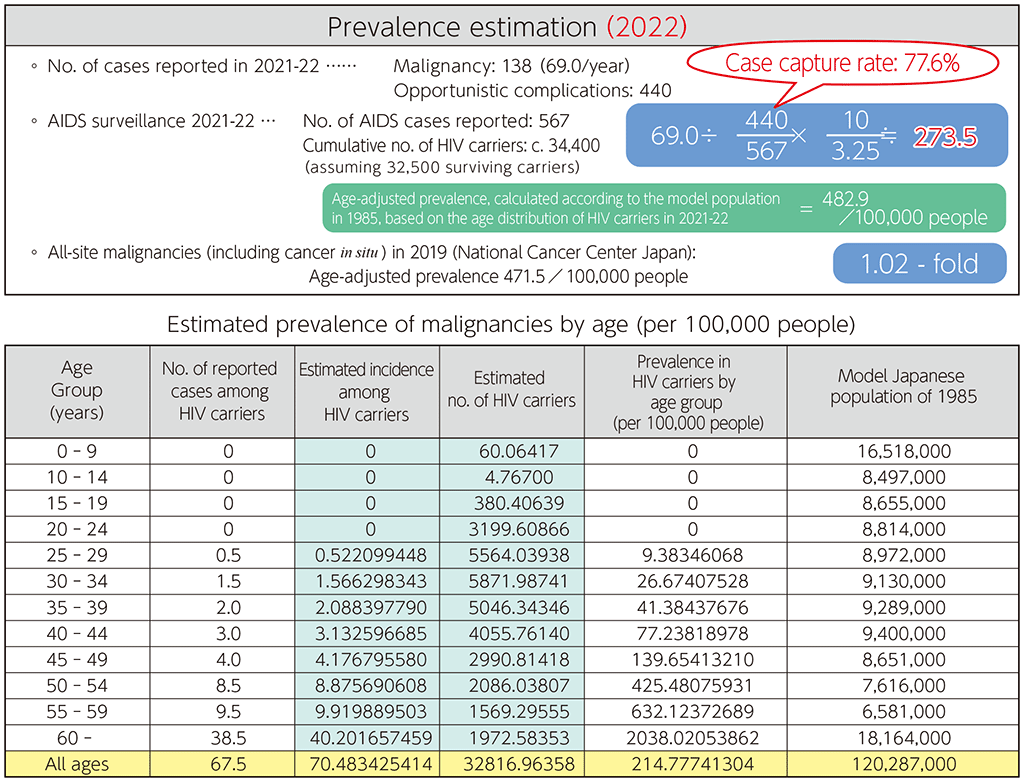
A.Objective
For the treatment of human immunodeficiency virus (HIV) infection, longer-term health management has been recognized as an important issue, based on the accumulated data on early initiation of anti-retroviral therapy (ART) and daily management procedures. The development of malignancies is regarded as a part of this issue. The study group on opportunistic infections, funded by the Health and Labour Sciences Research Grant of the Japanese Ministry of Health, Labour and Welfare, has also monitored the trend in the development of non-acquired immunodeficiency syndrome (AIDS)-defining malignancies since the time when the incidence rates of malignancies were reported to be high in patients with HIV. This study group has reported that the incidence rates of non-AIDS-defining malignancies are relatively high in patients with HIV, and that the incidence rates of malignancies monitored in these patients differ from the corresponding rates in the general Japanese population. These findings have prompted studies on malignancies, including leukemia. We conducted the 2023 study to investigate non-AIDS-defining malignancies that occurred in 2022, in addition to the trend in the development of opportunistic infections complicating HIV infection, because the data accumulated on the development of malignancies by the present study are the only source for investigating the nationwide trend in malignancy development in patients with HIV in Japan.
B.Methods
Because HIV infection is preferentially treated at HIV/AIDS core hospitals in Japan, the present study was conducted by sending questionnaire forms to these hospitals and requesting them to complete the forms. The questionnaire form for the present study on malignancies (![]() Appendix 2) was enclosed with the questionnaire form for the epidemiological study on HIV-associated opportunistic complications and sent to HIV core hospitals to request responses. Because preceding studies had accumulated data on malignancies occurring between 1995 and 2006, our study group collected the longitudinal data that had been accumulated since 2007 by these studies and added data of malignancies diagnosed in 2022.
Appendix 2) was enclosed with the questionnaire form for the epidemiological study on HIV-associated opportunistic complications and sent to HIV core hospitals to request responses. Because preceding studies had accumulated data on malignancies occurring between 1995 and 2006, our study group collected the longitudinal data that had been accumulated since 2007 by these studies and added data of malignancies diagnosed in 2022.
The present study primarily aimed to elucidate the current status of the development of malignancies through the cooperation of as many hospitals as possible. The questionnaire items were designed to be simple and kept to the minimum necessary. To improve the response rate of the questionnaire survey, the questionnaire items were limited to those that could be answered without a detailed review of the medical records of each patient. Consequently, elucidating the status of each malignancy type in detail was difficult. This lack of detail is one of the limitations of the present study. To determine the accurate response rate, we enclosed return sheets with the questionnaire forms and requested hospitals with no relevant cases to report the lack of data using these sheets. The collected data were entered and compiled into the database using Microsoft Access. To exclude duplicate cases reported by the same hospital across years and duplicate cases reported by referring and referred hospitals, cases with identical data on birth year, disease name, year of onset, region of reporting hospital, and so on were regarded as duplicate cases and unified. Cases of non-Hodgkin’s lymphoma, brain lymphoma, cervical cancer, and Kaposi’s sarcoma, which are AIDS-defining malignancies, were excluded from the aggregated data. The collected data were compared with the latest cancer statistics data in Japan (2014) available on the website of the Center for Cancer Control and Information Services at the National Cancer Center of Japan to compare the prevalence between patients with HIV and the general Japanese population. The present study was reviewed and approved by the Ethics Committee of Nagasaki University Graduate School of Biomedical Sciences as required by the Ethical Guidelines for Medical and Biological Research Involving Human Subjects (partially revised on December 22, 2017). We designed the questionnaire survey to meet the requirements to request data from various institutions, as specified in the ethical guidelines for epidemiological studies. For example, to prevent the data analysis center from collecting the personal information of patients, we did not include questions asking for any personal information in the questionnaire form, and we instructed the hospitals not to provide any personal information, including patient identification, on the form. Although the collected data were anonymized, they were handled with due care and analyzed in a controlled laboratory environment where only the study investigators could access them, as they contained information on patients with HIV.
C.Results
In 2022, 76 malignancy cases were reported, and the cumulative number of reported cases increased to 1,003. According to the annual number of reported cases (Figure 1), the incidence of non-AIDS-defining malignancies substantially increased to eight cases in 2000 and further increased each year thereafter. Although it fluctuated in the subsequent years, it leveled off at approximately 40 to 50 cases since 2010. However, the highest incidence was recorded in 2017, and the incidence has slightly decreased again, fluctuating between 60 and 70 cases since 2018.
Owing to the great influence of year-to-year fluctuations, we calculated the mean incidence of malignancies per year and the prevalence per 100,000 people from data covering a 2-year period from 2021 to 2022. As the present study included a questionnaire survey, the estimated capture rate was calculated by comparing the number of opportunistic infection cases reported in the simultaneously conducted survey with the number of AIDS cases reported by the AIDS Surveillance Committee (77.6%). Based on the assumption that the current number of surviving patients with HIV was approximately 32,000 people, the prevalence per 100,000 people was calculated as 273.6. The age-adjusted prevalence calculated based on the model population in 1985 was 482.9 per 100,000 people. This was 1.02 times as high as the cancer prevalence (including cancer in situ) of 471.5 among Japanese in 2014 (0.9 times based on the 2020–2021 survey).
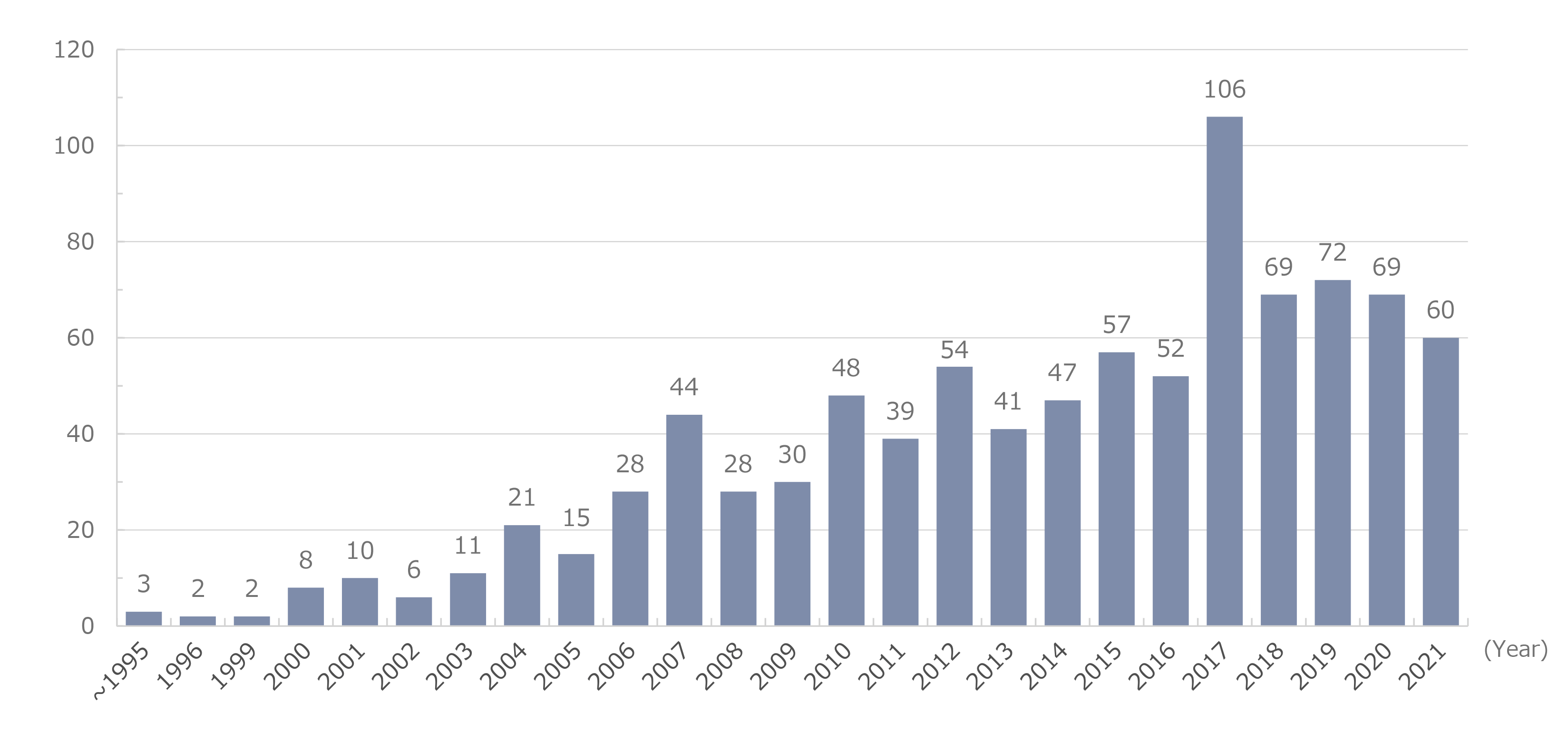
Figure 1. Annual number of cases of non-AIDS-defining malignancies
Figure 2 shows the cumulative number of reported malignancy cases. The most common malignancy was lung cancer, and a cumulative number of 143 cases was observed. Liver cancer was the most common malignancy until 2009; however, its incidence decreased thereafter. In contrast, the incidence of lung cancer increased to 11 cases in 2010, and lung cancer was ranked in the first place. Although the incidence of lung cancer has been decreasing since then, it has remained the most common malignancy in terms of cumulative incidence. The second most common malignancy is colorectal cancer, followed by gastric cancer and liver cancer. The malignancies that follow after this, in descending order, are anal tumors, other hematologic tumors, head and neck tumors, other urologic tumors, pharyngolaryngeal tumors, and leukemia. In 2022, 10 cases of lung cancer, 8 cases of colorectal cancer, 8 cases of head and neck cancer, 6 cases of anal tumors, 5 cases of gastric cancer, 5 cases of pharyngolaryngeal cancer, and 2 cases of liver cancer were reported (Figure 3). According to the data on changes in the annual incidence of the eight major malignancies (Figure 3). Based on changes in the annual incidence of malignancies by infection route (Figure 4), homosexual transmission of HIV was the most commonly reported infection route. Regarding the characteristics of malignancies by infection route (Figure 5), liver cancer cases remarkably accounted for approximately 50% of the cases of iatrogenic infection (mainly infection caused by blood coagulation factor products in patients with hemophilia). In patients infected through homosexual transmission, the incidence of lung cancer, colorectal cancer, gastric cancer, anal cancer, and head and neck cancer was characteristically high. The incidence of lung cancer was high regardless of the infection route. According to the distribution of peripheral CD4 cell counts at the onset of malignancies (Figure 6), more patients had lower CD4 cell counts. However, the distribution gradient in patients with malignancies was smaller than that in patients with opportunistic infections (Figure 7). The distribution of patients who developed malignancies in 2022 showed a similar trend.
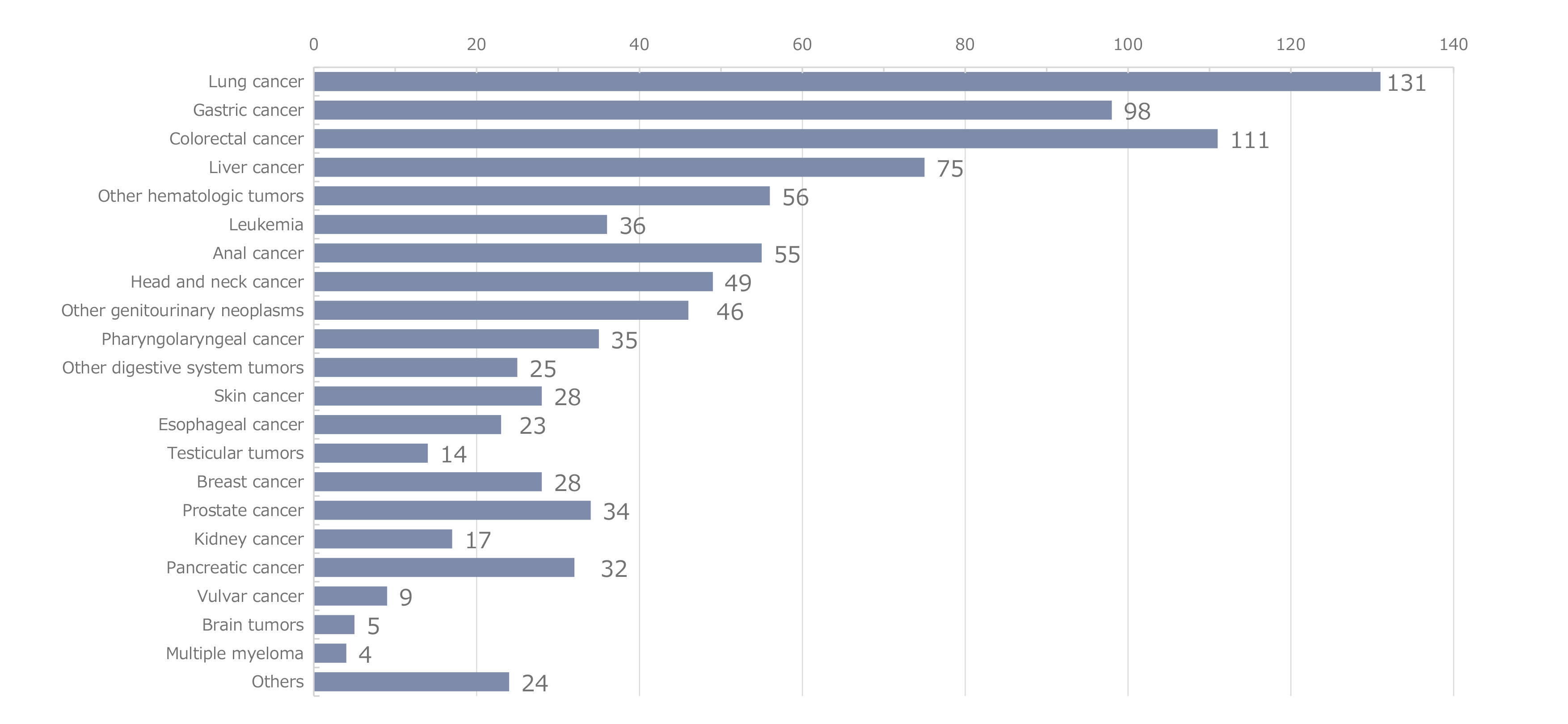
Figure 2. Number of reported cases of AIDS-defining malignancies by malignancy type
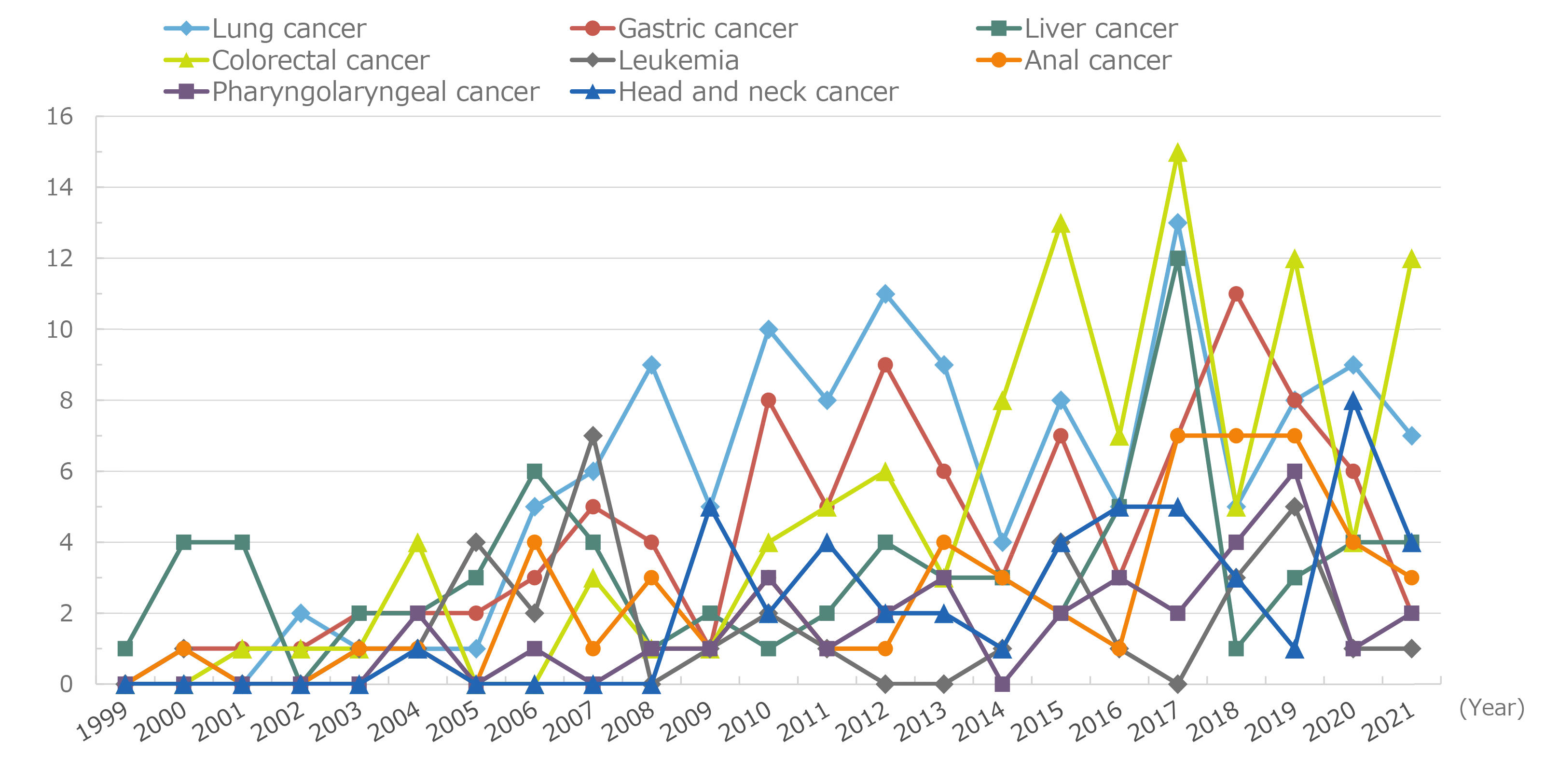
Figure 3. Annual changes in the incidence of major malignancies
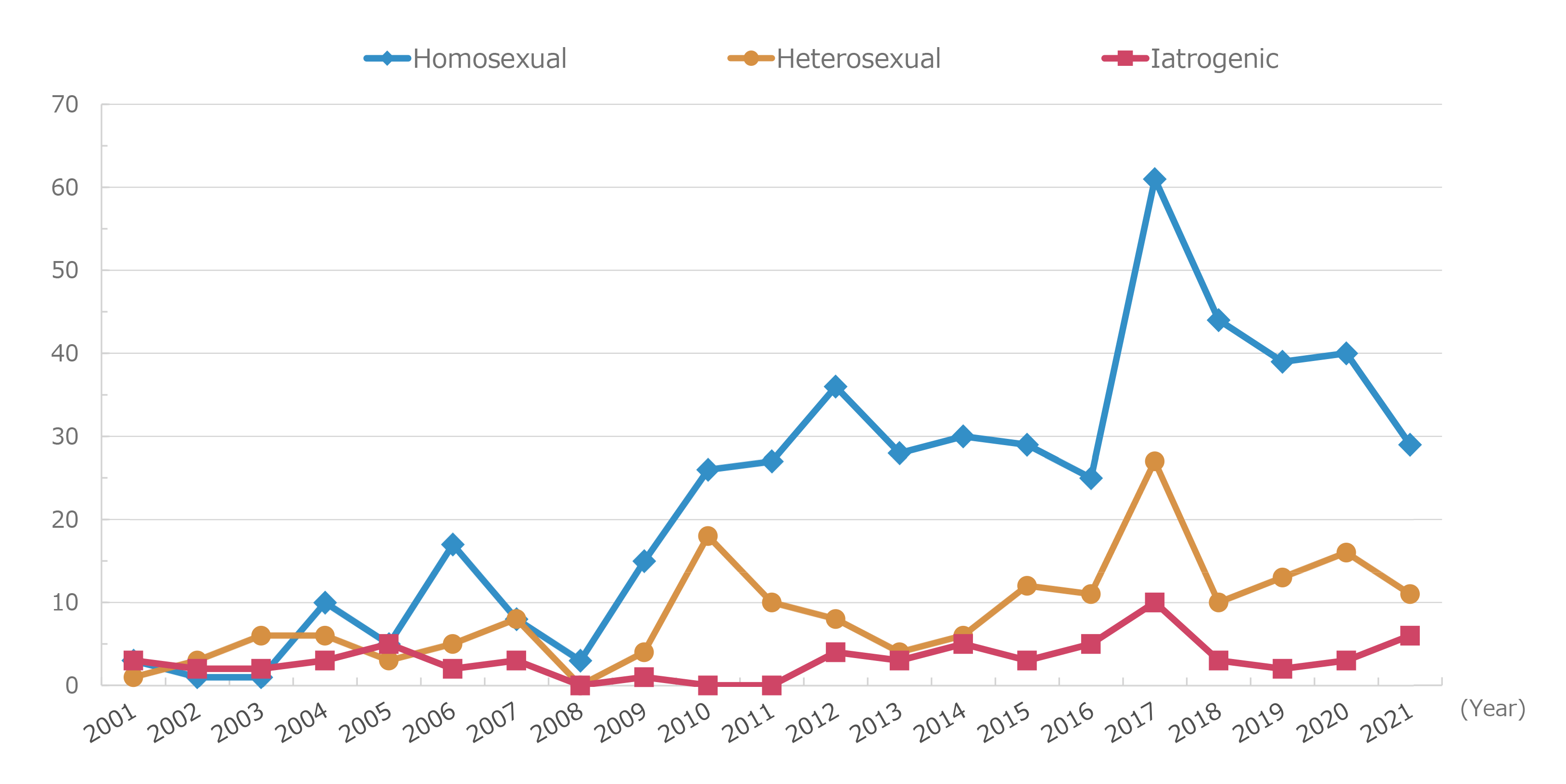
Figure 4. Annual incidence of malignancies by infection route
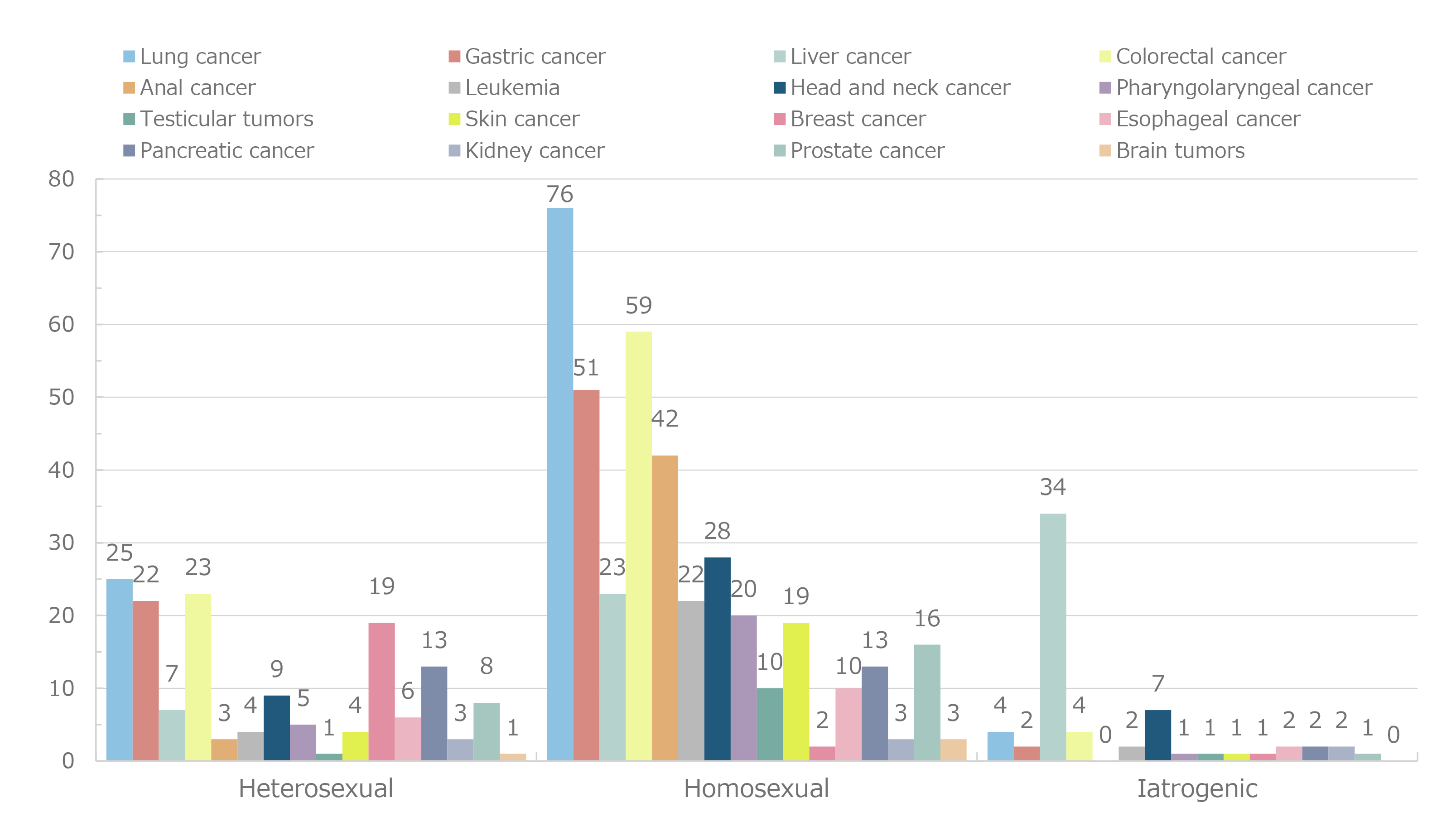
Figure 5. Incidence of malignancies by infection route
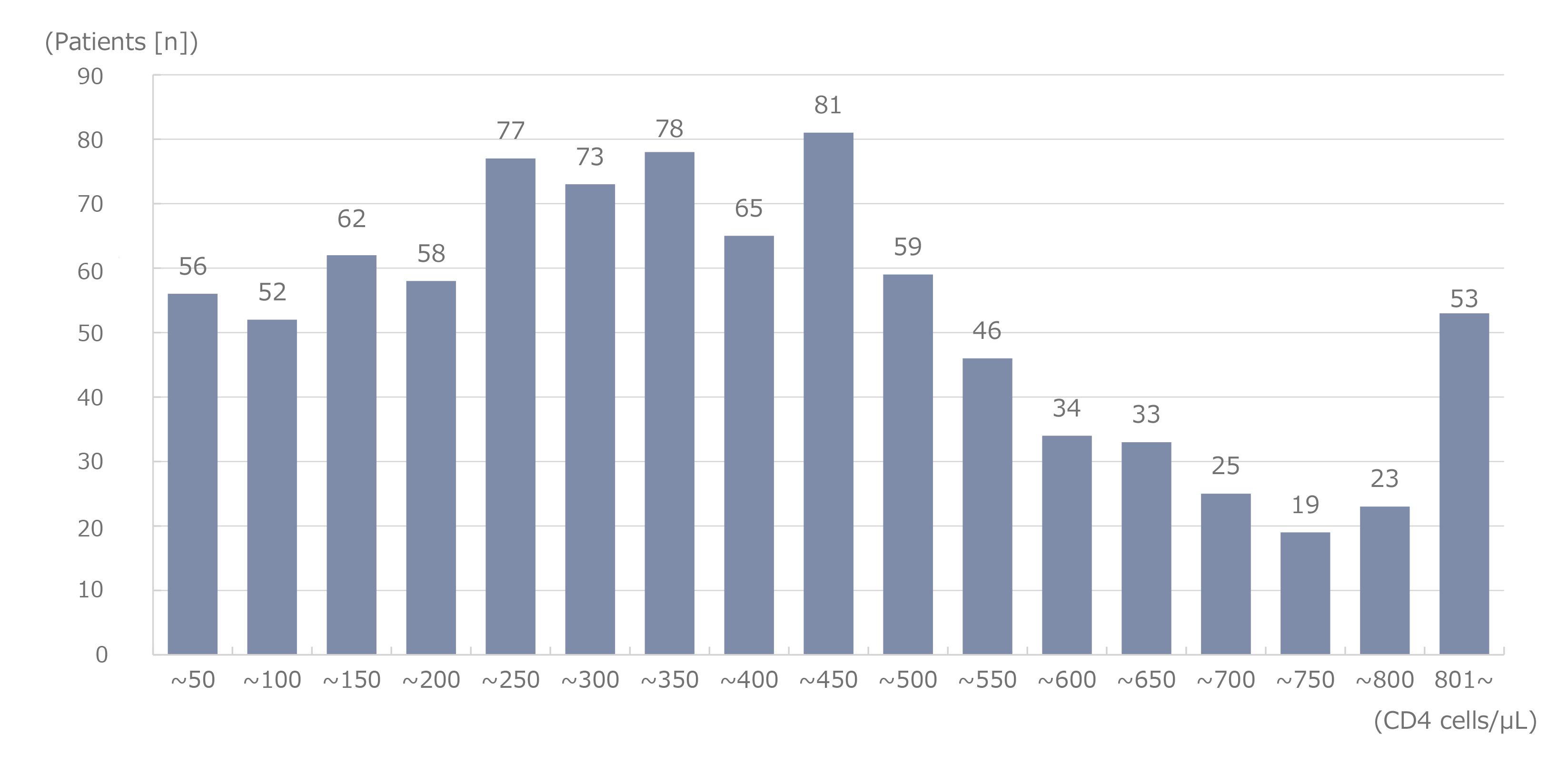
Figure 6. Distribution of CD4 cell counts at the onset of malignancies
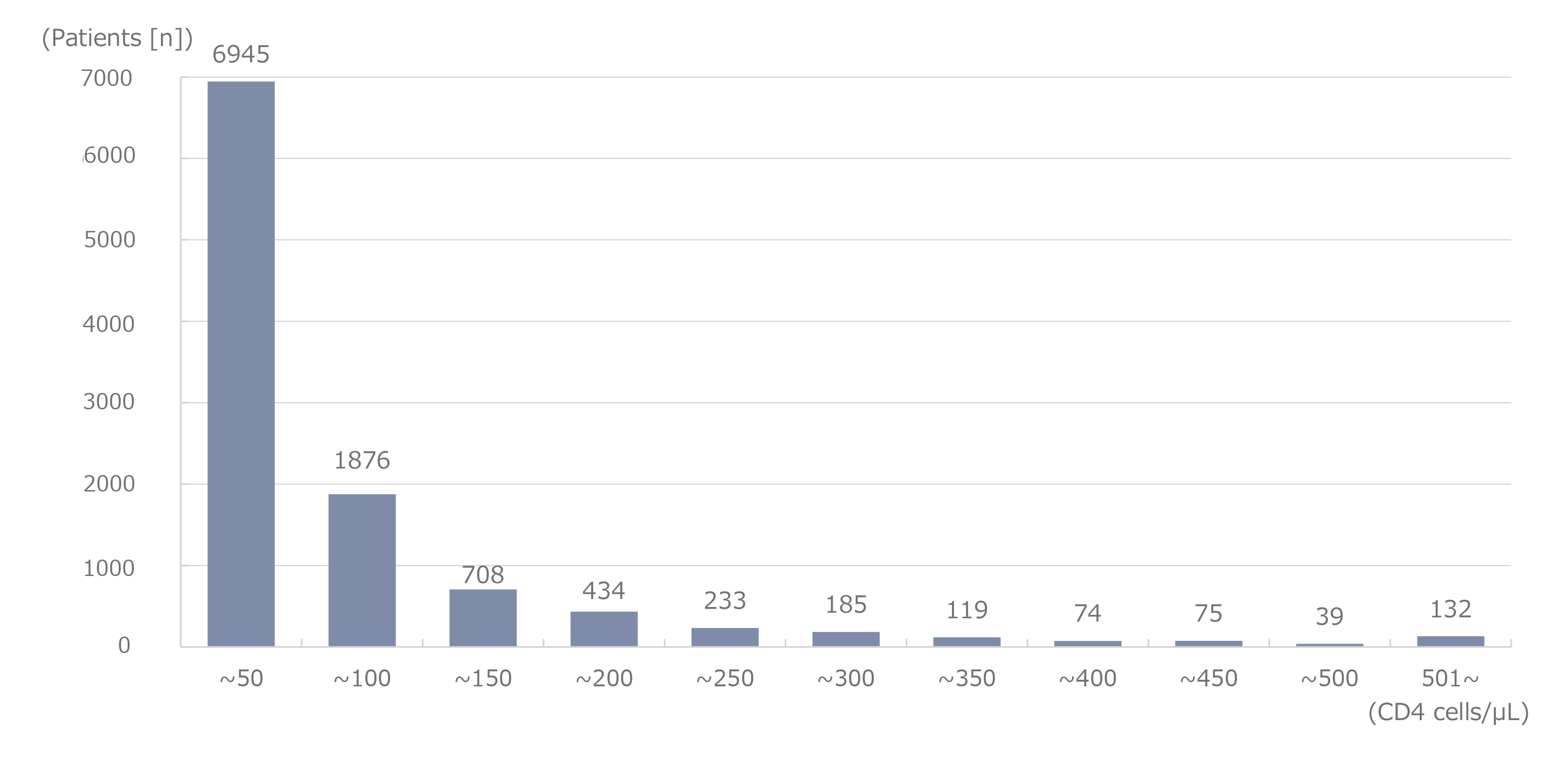
Figure 7. Distribution of CD4 cell counts at the time of opportunistic complications diagnosis
Figure 8 shows the distribution of CD4 cell counts by major malignancy type. CD4 cell counts varied widely regardless of the malignancy type, and the distribution of CD4 cell counts was not polarized to any particular malignancies. The most common age at onset of malignancies (Figure 9) was 60 to 69 years. Older patients with HIV who developed malignancies were also present, as evidenced by the incidence rate of 2.1% reported even in the small population of patients with HIV in their 80s. Compared with the age at onset of opportunistic infections, which appears to be close to the age at the time of detection of HIV infection, the distribution of age at the onset of malignancies apparently shifted to older age groups. Based on the age distribution by HIV infection route (Figure 10), patients with iatrogenic infection tended to develop malignancies at younger ages than those infected through heterosexual or homosexual transmission. In addition, based on age distribution by malignancy type (Figure 11), testicular tumors tended to develop at young ages. Regarding the time to onset of malignancies (Figure 12), more than 80% of all patients with HIV developed malignancies 1 year or more after the diagnosis of HIV infection. This contrasted with the time to onset of opportunistic infections, whereby more than 80% of patients with HIV developed opportunistic infections within 3 months (including simultaneous detection). This revealed that malignancies developed during a certain period of follow-up after the diagnosis of HIV. As for the outcomes of patients with HIV and malignancies (Figure 13), 62.6% of them achieved complete/partial remission. Based on the mortality rate by malignancy type (Figure 14) the highest mortality rate was observed for pancreatic cancer, which is inherently associated with a poor prognosis, followed by leukemia, lung cancer, esophageal cancer, liver cancer, and pharyngolaryngeal cancer.
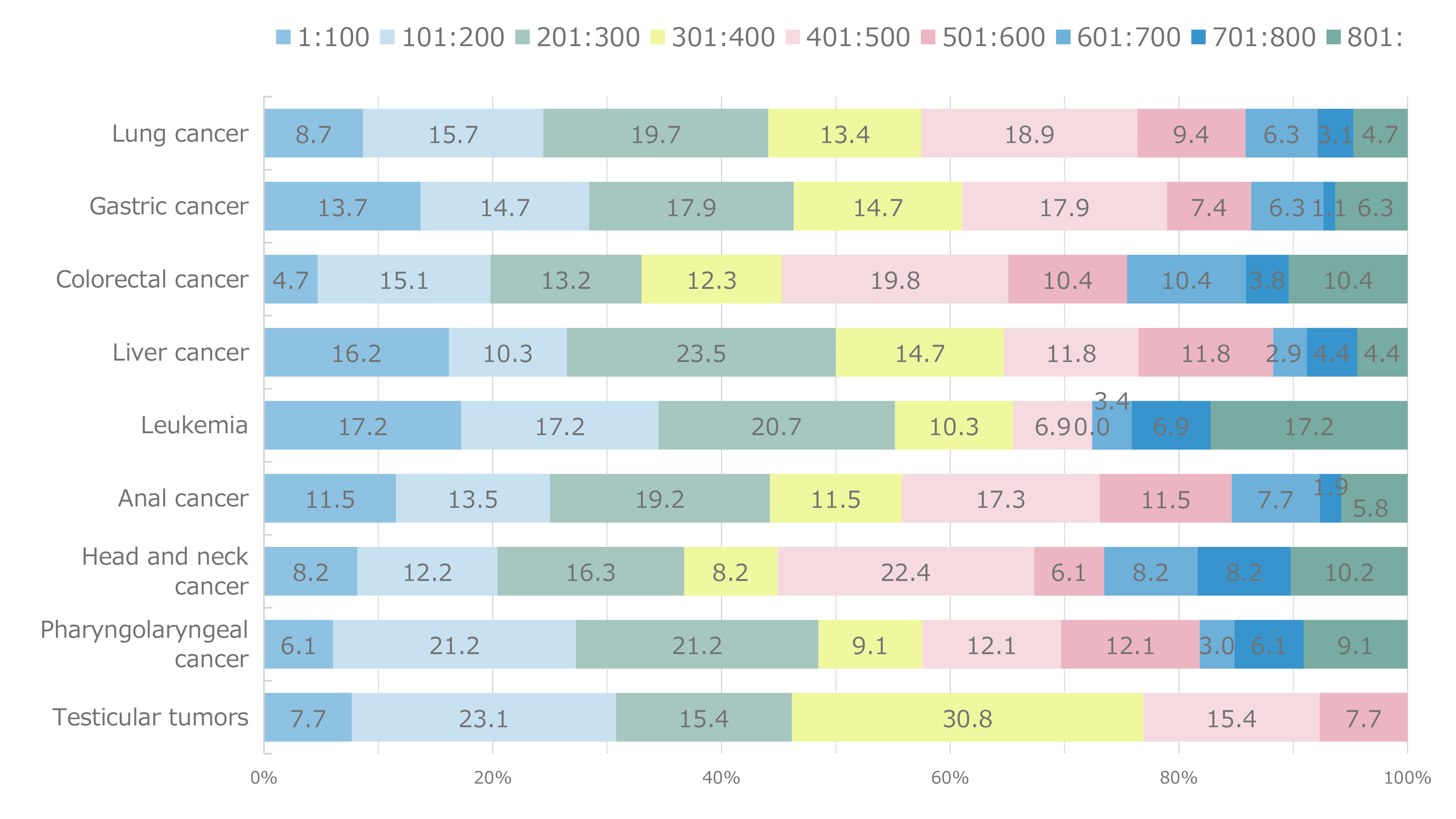
Figure 8. Distribution of CD4 cell counts at the onset of malignancies by malignancy type
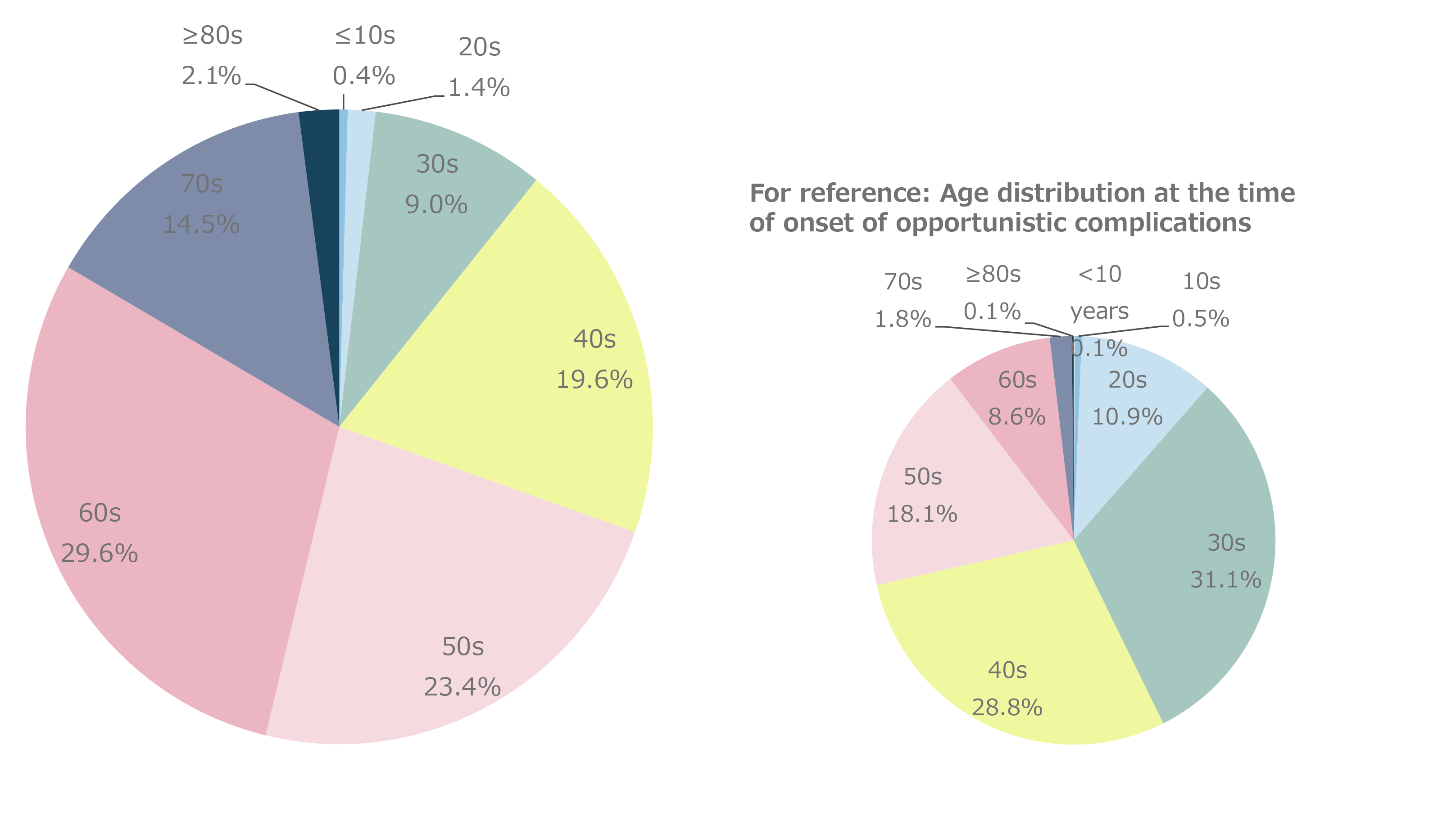
Figure 9. Age distribution at the onset of malignancies
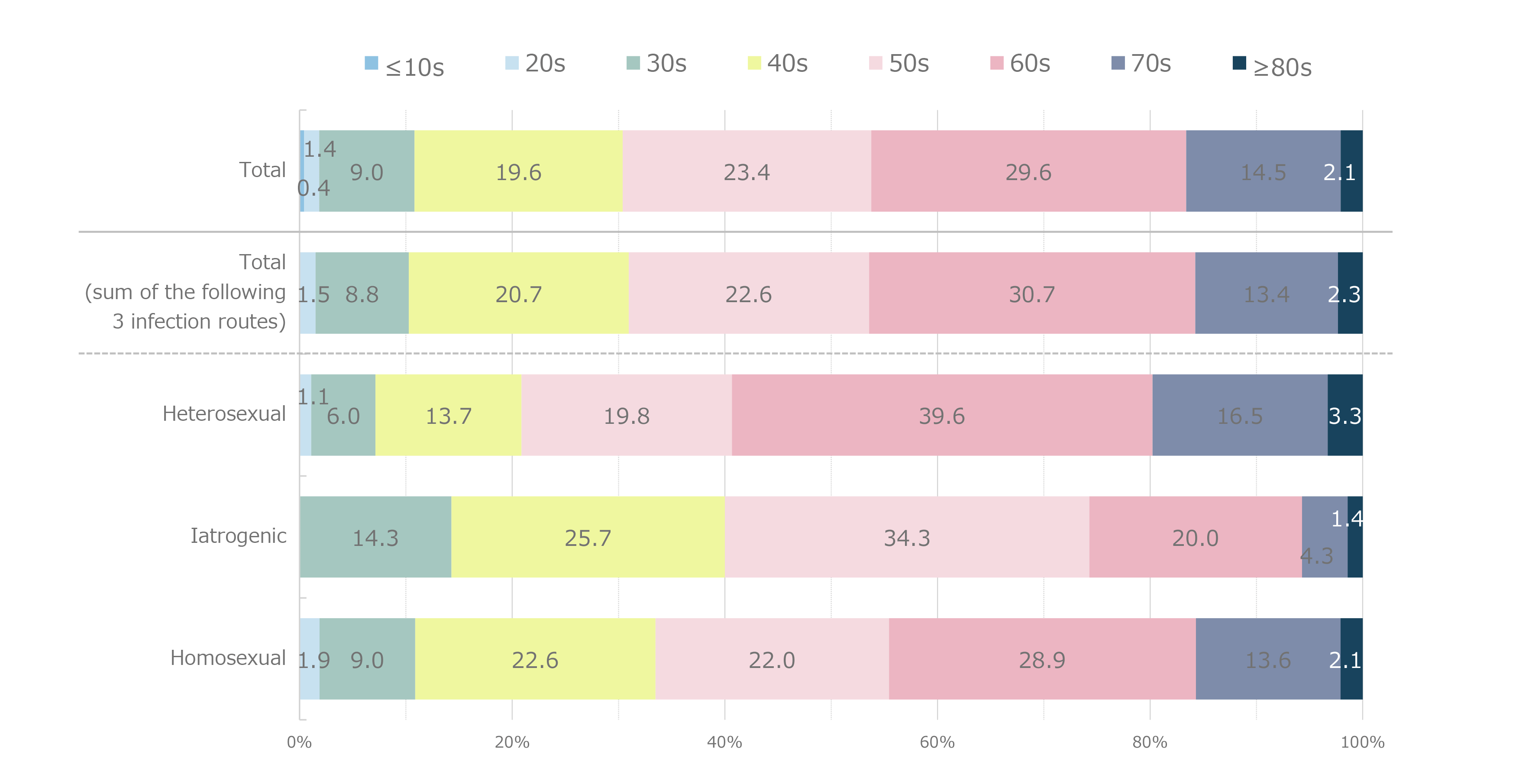
Figure 10. Age distribution at the onset of malignancies by infection route
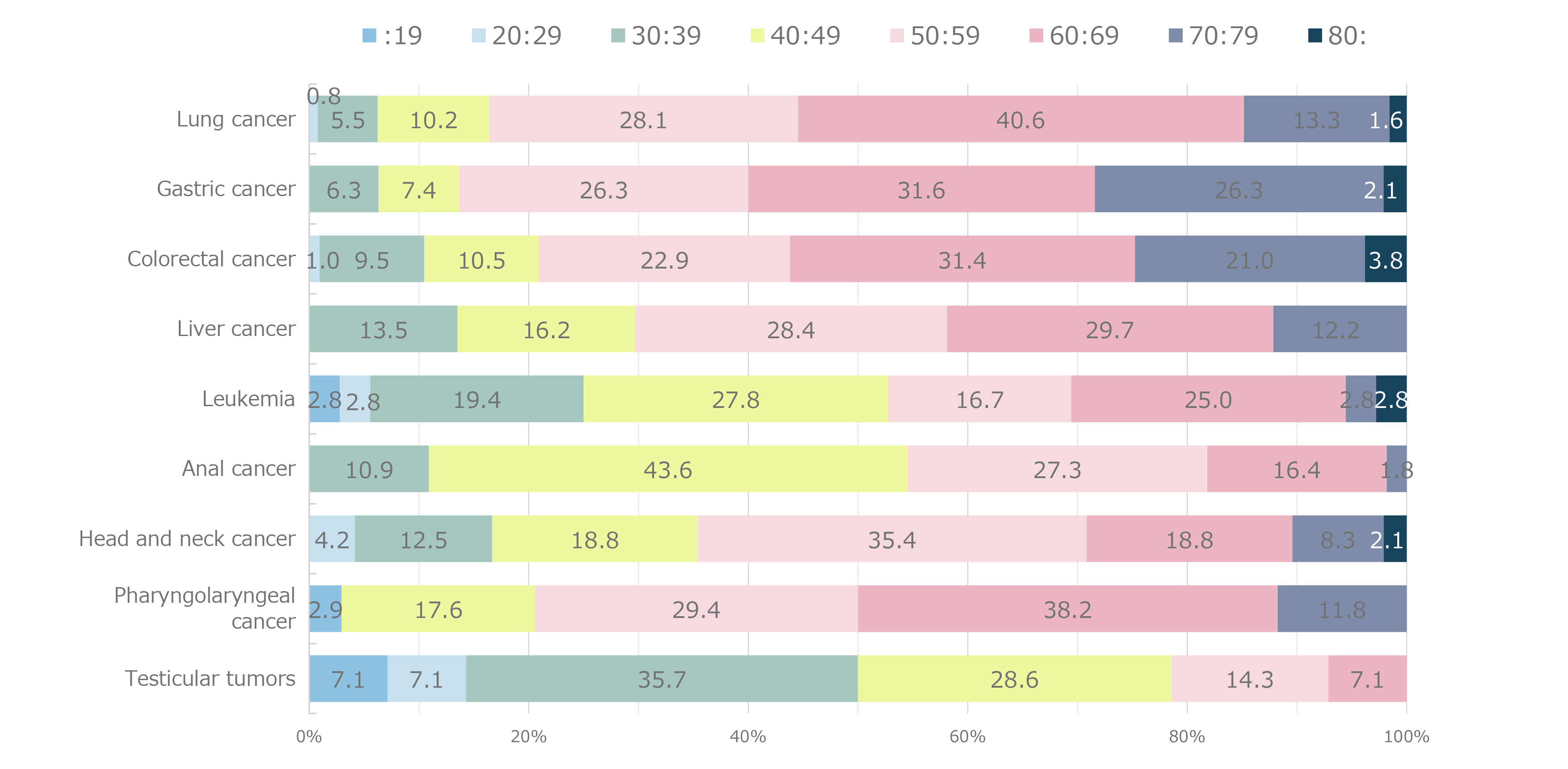
Figure 11. Age distribution at the onset of malignancies by malignancy type
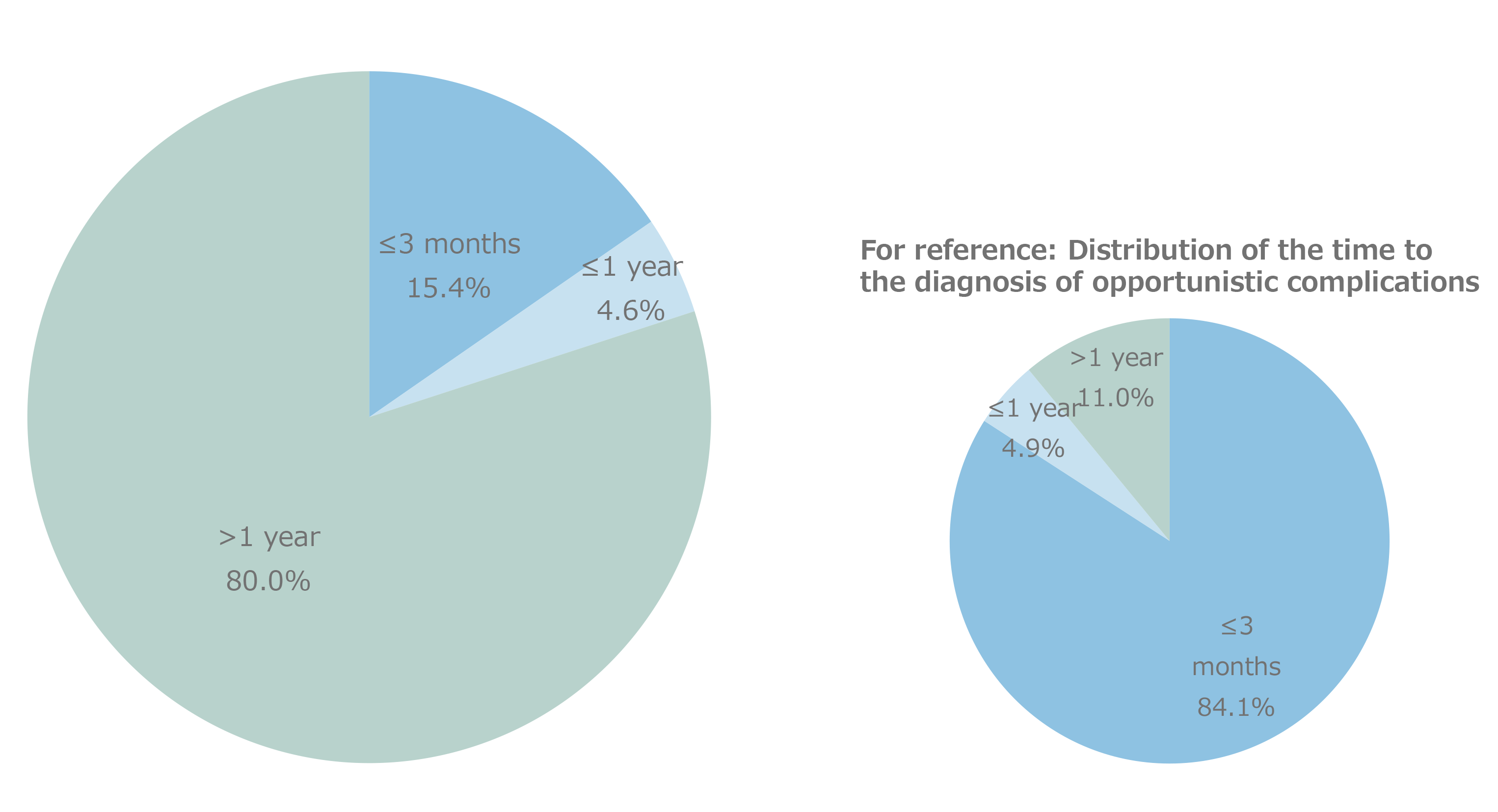
Figure 12. Time from the diagnosis of HIV infection to the onset of malignancies
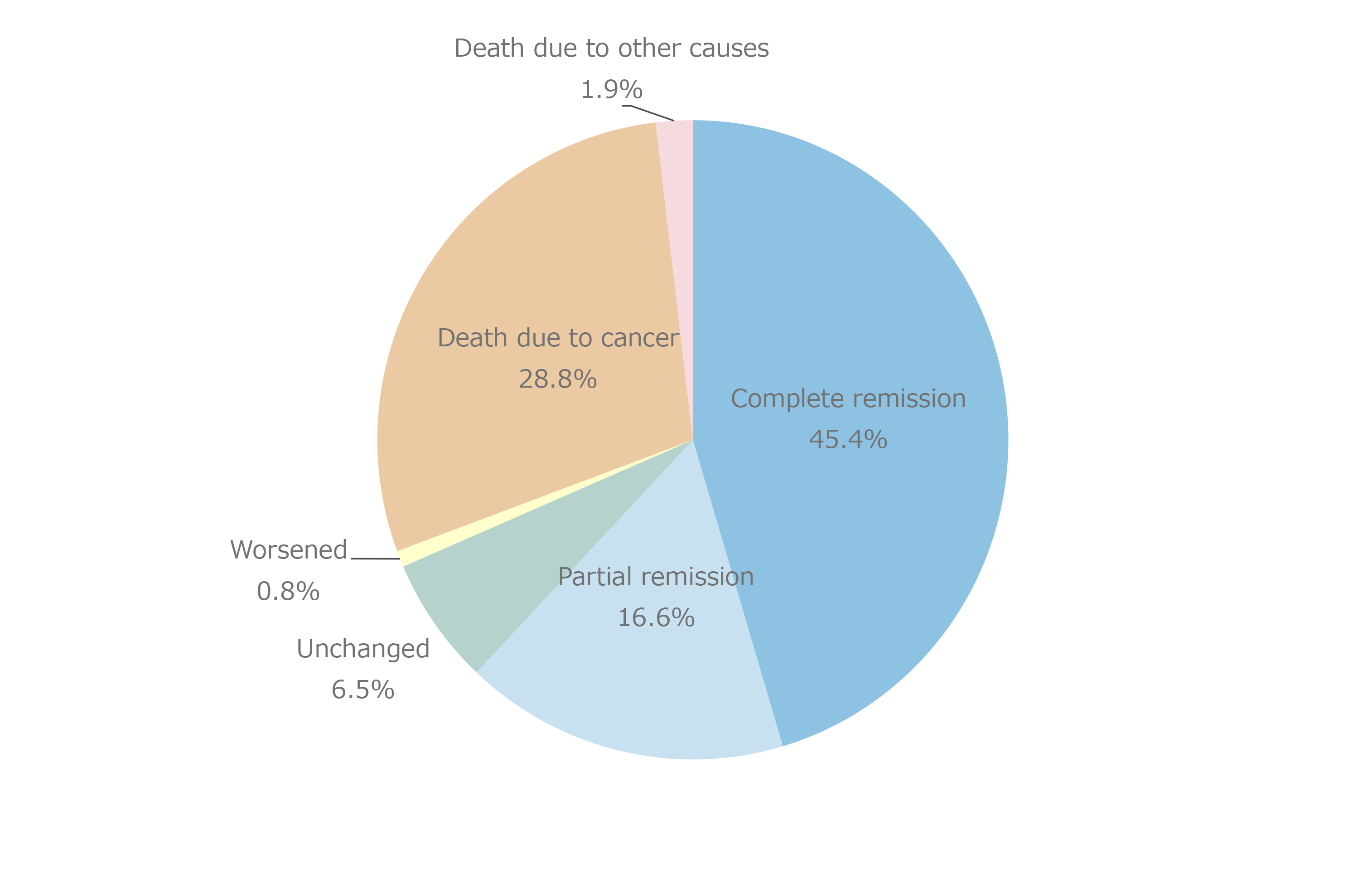
Figure 13. Outcomes of malignancies

Figure 14. Mortality rates by malignancy type
D.Discussion
ART introduction has allowed patients with HIV to remain in a stable condition for a long time; consequently, the development of malignancies among these patients has become an issue. Therefore, the present study was started to address this issue. This study revealed that the incidence of non-AIDS-defining malignancies in patients with HIV is increasing each year in Japan as well. According to preceding studies, the prevalence of malignancies in patients with HIV tended to be higher than that in the Japanese population. The present study revealed that when the age-adjusted prevalence in 2021 to 2022 based on the model population in 1985 was compared, the prevalence in patients with HIV was 0.83 times as high as that in the Japanese population (0.9 times in the 2020–2021 study). Given that some AIDS-defining malignancies, namely malignant lymphoma, cervical cancer, and Kaposi’s sarcoma, were excluded from the aggregated data in the present study, the incidence rates of malignancies may be even higher. However, because the effects of HIV infection become evident a while after the infection, monitoring long-term changes seems necessary. The distribution of malignancies observed in patients with HIV was clearly different from that in the Japanese population. Lung cancer, liver cancer, leukemia, head and neck cancer, pharyngolaryngeal tumors, anal cancer, and testicular tumors were characteristically common in patients with HIV. Liver cancer has been suggested to be affected by concomitant infection with the hepatitis C and B viruses, and anal cancer has been suggested to be associated with infection with human papillomavirus. Recent data have suggested the association between lung cancer and viral infection. Particularly in Japan, the prevalence of leukemia is characteristically high. All subtypes of leukemia, namely myeloid, lymphatic, acute, and chronic subtypes, have been observed, and no characteristic differences exist among them. The annual incidence of eight major malignancies indicated that a sharp increase in the incidence of lung cancer had been noticeable for the previous few years. Despite the lack of definitive data, patients with HIV are highly likely to be predisposed to risk factors for developing lung cancer, such as smoking. Thus, promotion of smoking cessation in patients with HIV is presumed to be an important issue in the future. Furthermore, the incidence of colorectal cancer is increasing, and the future trend needs to be closely monitored. Meanwhile, liver cancer, which is presumably caused by co-infection with hepatitis C virus transmitted through blood products, was the most common malignancy until 2009; however, its incidence decreased thereafter. Therefore, monitoring the future trend in the incidence of liver cancer is also necessary. Based on the distribution of CD4 cell counts at the onset of malignancies, the incidence of malignancies was higher in patients with a lower CD4 cell count. However, the distribution gradient was small, and the onset of malignancies was not as strongly associated with CD4 cell counts as the onset of opportunistic infections. As regards age, malignancies mainly develop in patients in their 40s or older. In addition, malignancies were mostly detected after patients with HIV had been treated for 1 year or more. Even if the treatment of HIV infection improves CD4 cell counts, the risk of developing malignancies will not be greatly reduced. As patients with HIV are treated for a long period, they are likely to develop malignancies. In future treatment of HIV infection, which includes control with ART and monitoring of metabolic complications, patients with HIV might need to undergo regular screening more frequently for early detection of malignancies than the general middle-aged and older population undergoing outpatient screening.
E.Conclusion
We have investigated and characterized the incidence of malignancies in patients with HIV. In addition to the originally high incidence of lung cancer, the incidence of colorectal cancer has been rapidly increasing in recent years. Therefore, the factors for this increase need to be analyzed.


